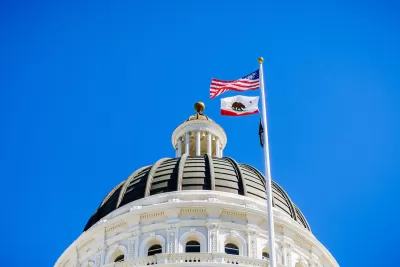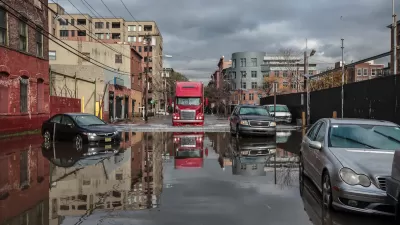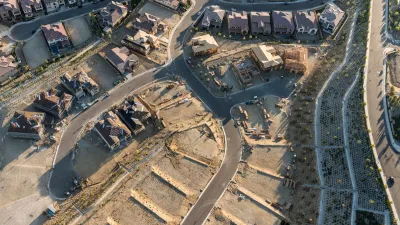The 2024 draft plan outlines the state's key climate resilience priorities, includes specific and measurable actions, and serves as a framework for collective efforts across sectors and regions in California.

The California state government is statutorily required to update its climate adaptation strategy every three years. The state's approach to the 2024 California Climate Adaptation Strategy is designed to accelerate climate adaptation action across regions and sectors in California; identify how key state agency actions fit together to achieve the State’s six climate resilience priorities; and build on the successes and lessons learned.
The 2024 draft builds on the 2021 Strategy which included a more integrated framework reflecting key elements of the state’s latest sector-specific plans; success metrics and timeframes for achieving them to increase transparency and accountability; and a dynamic format that reflects the evolving nature of climate adaptation. All metrics and timeframes presented in the draft are an area of focus that will be further developed between this draft and the final 2024 Strategy.
The actions and success metrics in the draft Strategy include both:
- Direct actions State government is taking to improve climate resilience through its responsibilities for managing landscapes and infrastructure, among other assets and resources; and
- State resources, such as tools, funding, and guidance, that support on-the-ground capacity for others to advance resilience planning and projects.
The 2024 draft is available for public comment through July 12, 2024. Interested parties may submit written input via mail to California Natural Resources Agency, 715 P Street, Sacramento, CA 95814, or email [email protected].
FULL STORY: California Climate Adaptation Strategy

Study: Maui’s Plan to Convert Vacation Rentals to Long-Term Housing Could Cause Nearly $1 Billion Economic Loss
The plan would reduce visitor accommodation by 25,% resulting in 1,900 jobs lost.

Alabama: Trump Terminates Settlements for Black Communities Harmed By Raw Sewage
Trump deemed the landmark civil rights agreement “illegal DEI and environmental justice policy.”

Why Should We Subsidize Public Transportation?
Many public transit agencies face financial stress due to rising costs, declining fare revenue, and declining subsidies. Transit advocates must provide a strong business case for increasing public transit funding.

Paris Bike Boom Leads to Steep Drop in Air Pollution
The French city’s air quality has improved dramatically in the past 20 years, coinciding with a growth in cycling.

Why Housing Costs More to Build in California Than in Texas
Hard costs like labor and materials combined with ‘soft’ costs such as permitting make building in the San Francisco Bay Area almost three times as costly as in Texas cities.

San Diego County Sees a Rise in Urban Coyotes
San Diego County experiences a rise in urban coyotes, as sightings become prevalent throughout its urban neighbourhoods and surrounding areas.
Urban Design for Planners 1: Software Tools
This six-course series explores essential urban design concepts using open source software and equips planners with the tools they need to participate fully in the urban design process.
Planning for Universal Design
Learn the tools for implementing Universal Design in planning regulations.
Smith Gee Studio
Alamo Area Metropolitan Planning Organization
City of Santa Clarita
Institute for Housing and Urban Development Studies (IHS)
City of Grandview
Harvard GSD Executive Education
Toledo-Lucas County Plan Commissions
Salt Lake City
NYU Wagner Graduate School of Public Service





























